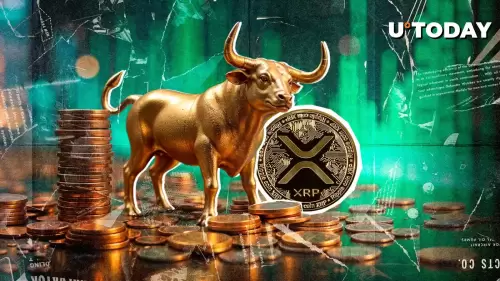Explore the dynamics of whale trading in cryptocurrency, its market impact, and strategies for SMEs to navigate whale-induced volatility.

Whale Trading, Market Impact, and Cryptocurrency: Navigating the Waters
Whale trading in cryptocurrency can cause significant price fluctuations, impacting market confidence and liquidity. Understanding these dynamics is crucial for investors.
What is Whale Trading?
Whale trading involves large holders buying or selling substantial amounts of cryptocurrency. These actions can create significant price swings. For example, a whale selling a large amount of Bitcoin can cause a sudden price drop, triggering panic selling from smaller investors. Conversely, large buys can create bullish sentiment, attracting more investors.
Whale Trading in the News
Recent events highlight the impact of whale trading. Major South Korean exchanges like Bithumb and Upbit have accumulated PENGU tokens, boosting market confidence and liquidity. Their acquisition of 945 million PENGU tokens (3.8% of the total supply) significantly increased trading volume against the Korean won.
How SMEs Can Handle Whale-Induced Volatility
Small to medium enterprises (SMEs) in crypto can use several strategies to navigate volatility from whale trading:
- Watch the Chains: Monitor on-chain signals and whale movements to anticipate price fluctuations.
- Diversify Holdings: Spread risk by holding a variety of cryptocurrencies.
- Create a Risk Management Framework: Implement stop-loss orders and maintain liquid assets to withstand market changes.
- Leverage Trading Technology: Use advanced trading systems that adapt to market changes.
- Stay Updated on Regulations: Monitor regulatory developments that may affect market dynamics.
Risks of Increased Liquidity from Whale Activities
While whale activities can boost liquidity, they also pose risks for SMEs:
- Illusion of Ample Liquidity: Tokenization can create a false sense of liquidity, masking underlying illiquid assets.
- Liquidity Shocks: Startups relying on continuous funding may face liquidity stress if funding dries up.
- Automation Risks in Liquidation: Automated smart contracts can intensify liquidity pressures during market stress.
- Navigating Regulatory Challenges: Ambiguous legal ownership and compliance issues can stall tokenized projects.
- Cybersecurity Risks: Increased exposure to cyber threats can erode trust and hinder liquidity.
Lessons from Historical Whale Trading Patterns
Historical whale trading patterns offer valuable insights:
- Initial Volatility, Stabilization Over Time: Major institutional moves can initially increase volatility but lead to price stabilization.
- Low Volatility as a Signal: Periods of low volatility may indicate waning selling pressure and a potential bull market.
- External Factors Matter: Regulatory shifts, tech changes, and macroeconomic events can influence volatility.
Whale Activities and Long-Term Token Sustainability
Whale activities can impact the long-term sustainability of token prices through:
- Price Volatility and Market Sentiment: Large trades cause sharp price changes, affecting investor confidence.
- Manipulative Price Moves: Whales can create false market impressions, leading to sudden price swings.
- Governance and Decentralization Issues: Whales can influence governance votes, reducing decentralization.
Conclusion
While whale trading can provide liquidity and influence price trends, it also brings volatility and risks. SMEs with effective strategies can navigate these challenges and benefit from the market dynamics. So, keep your eyes peeled, and maybe you'll catch a wave – or at least not get swallowed by one!
Disclaimer:info@kdj.com
The information provided is not trading advice. kdj.com does not assume any responsibility for any investments made based on the information provided in this article. Cryptocurrencies are highly volatile and it is highly recommended that you invest with caution after thorough research!
If you believe that the content used on this website infringes your copyright, please contact us immediately (info@kdj.com) and we will delete it promptly.














































































